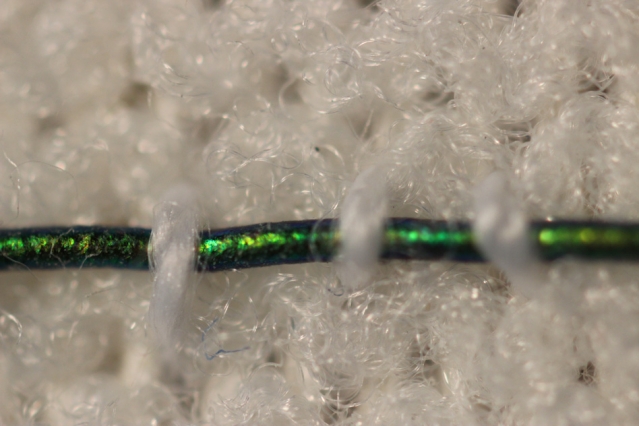How Photonic Fibres could serve as a pressure sensor
There has been a breakthrough in this field. The MIT engineers have built Photonic Fibres that are shaped into a compression bandage. These Photonic Fibres act as a continuous pressure sensor. On stretching these photonic fibers, there is a change in colour.
When there is less flow of blood to the legs and ankles, the general remedy is Compression therapy. By applying pressure on the affected area, the walls of the veins increase and in turn it increases blood circulation to the affected area and the swelling reduces. The conventional method used is to tie a compression bandage or use a stocking on the affected area. The drawback is that it will be difficult to monitor the amount of pressure that is being applied to the area.
How is the Photonic Fibres useful?
There is a colour chart by which the patients or their caregivers can monitor the colour by stretching the fiber. Based on the colour, the bandage made of photonic fibers can be wrapped around the affected area so as to reach the optimal pressure level. The is seen in patients who suffer from venous ulcers which affects millions worldwide. In this condition, it is vital that the stocking or bandage is used at the optimum pressure. The Photonic Fibres play a crucial role as they reflect the colours that are easily distinguishable. It basically indicates the pressure level exerted by the bandage.
The working principle of the Photonic Fibres
The fiber is made from thin sheets of transparent stretchable materials. Then a roll of this material is made to form a jelly roll like shape. The roll is about a few hundred nanometers thick.
The interface between each layer is reflected by light. There are various layers of the same thickness and the light will reflect each layer and in turn will enhance specific colours of the spectrum and reduce the brightness of other colours.
The colour of the bandage reflects the thickness of the layers present in the fiber. The colour remains by maintaining the shape of the fiber.
The design of the fiber is affected by the light interference, whereby the transparent sheets reflect the light and give rise to vibrant colours depending on the composition of the material and the geometric dimensions of the layer.
An added advantage is that the colour can be changed by altering the thickness of the layers. For this there is optical modelling methods used for special fiber design. You can create fibers to show green light for optimal strain and red light for high strain.
Making of the compression bandage made of Photonic Fibres
The researchers stitched the Photonic Fibres along the length of the compression bandage. A colour chart was drawn to see the correlation of the fiber strain and colour. The experiment was done on a number of volunteers to check the effectiveness of the compression bandage. They were able to figure out the fiber colours and accordingly apply pressure based on the colour chart.
Outcome of the Photonic Fibres
Based on the results, they found that the Photonic Fibres could enhance compression therapy and thus lessen the duration of treatment. There could be great outcomes in patient treatment and even a great amount of money can be saved in healthcare.
The future of Photonic Fibres
The Photonic Fibres available are only a few inches long. Scientists are looking at ways of producing kilometres of these Photonic Fibres which will effectively bring down the cost.
These photonic fibers can be effective in the sports field as they can indicate muscle strain. It can be effective as strain gauges for scientific tools and machinery. In wearables where high deformations are required, these Photonic Fibres can come into play.







